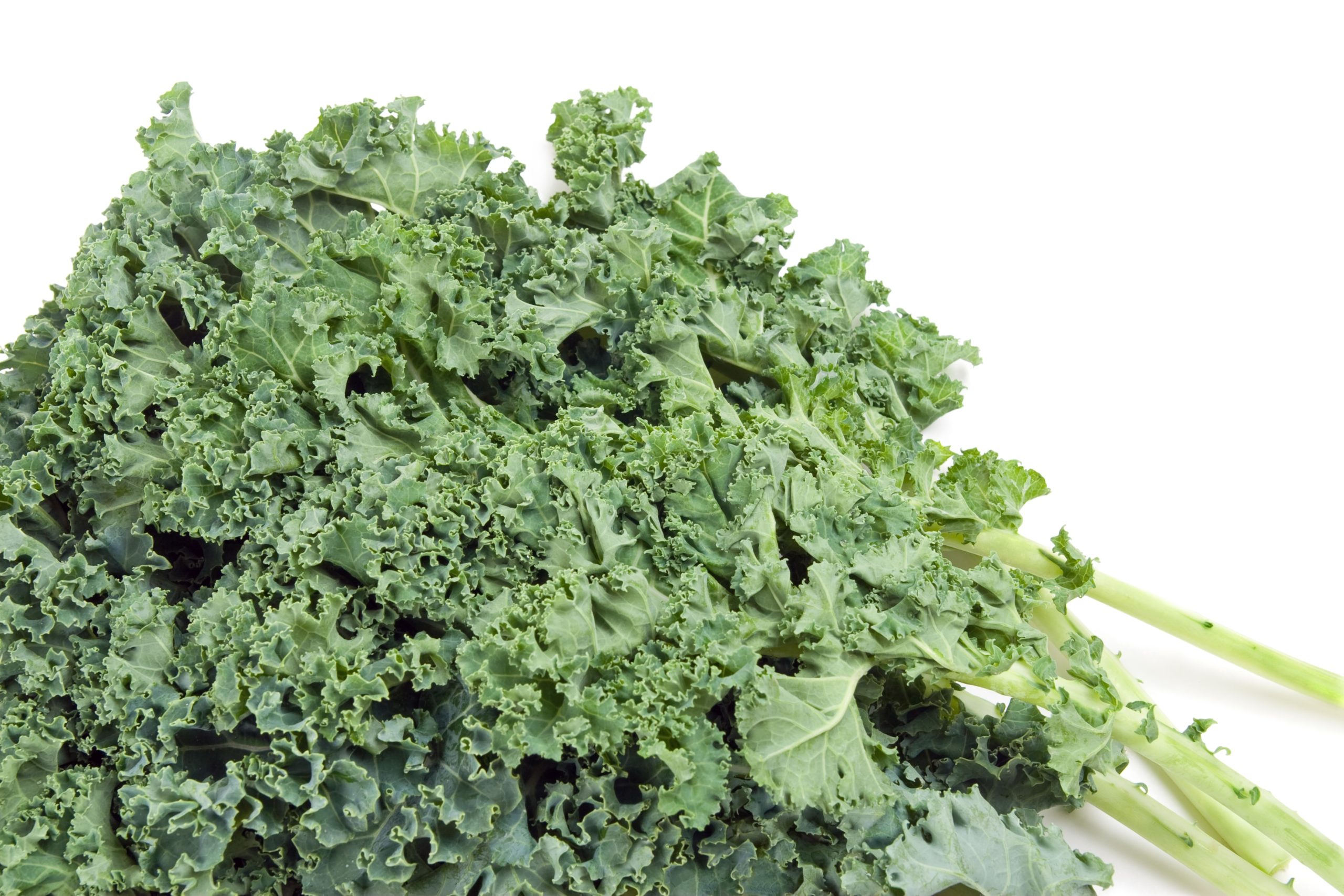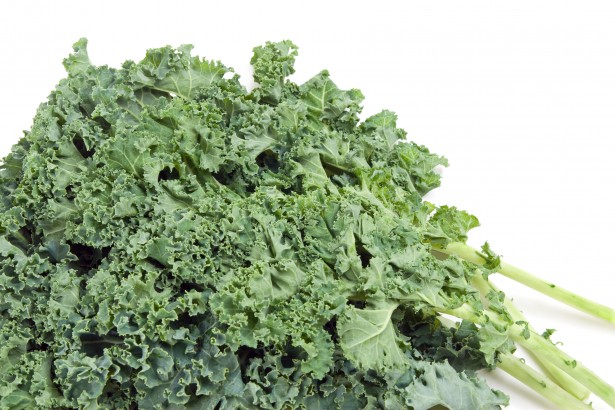
Iron-rich foods for kids and infants
- 4 ways your child may not tolerate cow’s dairy: allergy, milk protein sensitivity, cerebral folate deficiency, and lactose intolerance - January 3, 2024
- 5-hydroxytryptophan (5-HTP) and the “feel good” neurotransmitter serotonin - October 4, 2023
- Quercetin supplementation for children: research, safety and efficacy - May 13, 2023
Oh the things we put our kids through! Parents – do you remember doing the newborn heel-stick to check for PKU and other metabolic diseases? (Did you cry like I did when they poked your little one?)
Between 9 and 15 months of age most children are screened for iron-deficiency. Yet another poke – and this one generally feels a little worse than the vaccines.
Why are they torturing your little one? Well, I promise it’s for a good reason.
Iron is an essential mineral necessary for carrying oxygen in the blood. Deficiency of iron can lead to anemia, a condition where the amount of blood cells is decreased. Children and adults with anemia can feel fatigued or have a harder time playing or exercising. Anemia can cause significant developmental delays because less oxygen is getting to the growing brain. It can lead to ADHD, learning disabilities or other behavioral problems – simply because the brain isn’t happy without its precious oxygen.
Infants are especially prone to iron deficiency after 6 months of age. In the last few weeks of pregnancy a significant amount of iron is stored in the growing infant, enough to last 6 months after birth. After this time children typically need more iron than is provided by formula or breastmilk. Fortunately, this is precisely the time when solid foods are introduced. Combining iron-rich foods with other tasty foods will make them more palatable.
Beans – Lentils, black beans, kidney or lima beans are all high in iron. Cook until very mushy if giving to an infant.
Quinoa – this ancient supergrain is a complete protein (containing balanced amino acids), and has nearly as much iron as fortified cereal! Cook well with extra water to form a cereal before giving to an infant. Older children may enjoy cooked quinoa with almond milk, cinnamon and a touch of real maple syrup.
Blackstrap molasses – only 1 tablespoon of blackstrap molasses has as much iron as fortified cereals. Make sure to get organic molasses (no pesticides), and mix a teaspoon or two in with sweet potatoes, quinoa, or “greensauce” (below).
“Greensauce” – mix apple or pearsauce with pureed green leafy vegetables like kale, collard greens, spinach and turnip greens. Yum!
Sesame seeds or pumpkin seeds – are high in many minerals, including iron, calcium and zinc. Tahini and pumpkin seed butter are delicious spread on crackers, toast or cut vegetables.
Meats – are completely appropriate early foods for 6 months+ infants (who are in meat-eating families). Ground turkey or lamb can be mixed with potatoes, yams, squash, or another pureed food for infants.
Iron-fortified cereals like rice cereal (Cream of Rice), fortified breads and pastas are options for children older than 9 months. Some children younger than 9 months do not have enough enzymes to break down starches in these foods, so waiting until 9 months is advisable. Also, iron-fortified foods are more likely to cause constipation unlike foods naturally high in iron. Remember – sometimes nature knows best!
Adding food sources of vitamin C like lemon, kiwi or bell pepper can increase absorption of iron. Sometimes a squeeze of lemon over the food can be just enough to make a big difference.
RDA for iron:
7-12 months: 11 mg/day.
1-3 years: 7 mg
4-8 years: 10 mg
9-13 years: 8 mg
14-18 years: 11 mg for males, 15 mg for menstruating females.
Sources:
USDA National Nutrient database for Standard Reference: www.nal.usda.gov/fnic/foodcomp/search/
Insel P, Turner RE, Ross D. Nutrition. 2nd ed. Sudbury: Jones and Bartlett; 2004.
Office of Dietary Supplements: National Institutes of Health.”Dietary Supplement Fact Sheet: Iron” http://ods.od.nih.gov/factsheets/iron/. 27 July 2011.
Riod E, et al. “Relationship of maternal and infant iron stores as assessed by determination of plasma ferritin.” Pediatrics. 1975 May; 55 (5:) 694-9









Ali Carlson Kelly
January 24, 2013 at 3:50 pmGreat information, I can’t wait to pass it on!
Ali
jason
January 24, 2013 at 4:09 pmSo why are supplements so bad then? Why is it better to get through the diet?
Dr. Erika Krumbeck
January 24, 2013 at 6:09 pmSupplements aren’t necessarily bad. But anyone who has been prescribed Ferrous sulfate for iron deficiency can tell you the most common side-effect: constipation. Really, really really bad constipation. Some people just can’t tolerate iron supplements for that reason (by the way, there are other forms of iron that can be used for supplementation that are not constipating. Iron picolinate or heme iron are much better.) Plus the liquid iron supplements meant for children are generally full of artificial colorings, flavorings and sweeteners. Nature’s high iron foods are also high in other minerals and nutrients that are important – like calcium, potassium and folate. Sometimes when iron deficiency is severe you just can’t get enough from foods, but it is still the best place to start.
Alex
March 24, 2013 at 2:25 pmDr,
Our now 15 months old son was diagnosed with slight anemia at one year check up. He is still being breastfed. Ferrous sulfate was prescribed initially by our pediatrician, but we decided to up his iron via iron rich foods instead. Unfortunately, we weren’t able to raise his iron enough in 3 months. We started him on ferrous sulfate 4 days ago and severe constipation followed. You mention above iron picolinate as an alternative. Can you please suggest other forms of iron for a toddler as well as brands names under which they come? I am calling our pediatrician about this and wanted to be armed with specific recommendations in case she tells me to stay the course with ferrous sulfate. Thanks.
Dr. Erika Krumbeck
March 24, 2013 at 3:56 pmI believe there is also an iron gluconate which is less constipating. You can also find Heme Iron (basically iron from animal products). My favorite, of course, is iron picolinate which as far as I know is only produced by a company called Thorne. They make professional-grade products so you would have to find a naturopathic doctor/chiropractor/integrative doctor near you that stocks them. I believe Pharmaca also sells their products online. E-mail me if you have a hard time getting it (info@mtwholehealth.com) and I’ll try to find a source for you. They are in capsule form but you can open up the capsules and put it in applesauce – it tastes a little iron-y but isn’t too bad (I’ve tried it!). Make sure your child is getting their iron levels checked regularly, it can increase their iron quite rapidly (high iron is dangerous).
Jon
January 24, 2013 at 5:06 pmAre there any kinds or brands of blackstrap molasses that you would recommend? Casey has a little bit of iron deficiency and she is starting to supplement with blackstrap.
Dr. Erika Krumbeck
January 24, 2013 at 6:04 pmI use “Wholesome Sweetener’s” Molasses. It is fair trade and organic. I’m sure any organic brand would work, though.
Maureen Dunn
January 24, 2013 at 5:25 pmGreat post, thanks for writing something concise on this topic! Already passed it on to folks I know will be interested.
Kathleen
January 24, 2013 at 6:56 pmI’ve really been enjoying your blog, Erika. As a person who will likely be having a baby in April, I’m finding this advice really thoughtful and convincing. Also, in case you are answering questions from blog comments, I will ask mine: pregnancy heartburn, any suggestions?
Dr. Erika Krumbeck
January 25, 2013 at 5:25 pmUmmmm – congratulations??!!? I have plenty of suggestions, but my policy is to not diagnose or treat via the internet or social media – for obvious legal reasons. (Check your inbox!)
Robin
January 24, 2013 at 7:59 pmFor the “greensauce”, are the leafy greens cooked first?
Dr. Erika Krumbeck
January 25, 2013 at 5:24 pmYou can do it either way. Cooked greens are softer (obviously), and more “sauce”-like, but if you cook kale or other brassica veggies it ends up tasting a lot like cooked cabbage – not so delicious to mix with applesauce. Lightly steamed or raw veggies impart less flavor, though they are less sauce-like. For Annika we microwave a leaf of chard or kale for about a minute (in a little bit of water), then run it through a baby food grinder and add it to her food. She doesn’t even seem to notice it is there! (Plus it really helps prevent constipation, since most baby food is extremely pureed).
weblink
May 2, 2014 at 11:06 pmweblink
Iron-rich foods for kids and infants – Montana Whole Health
Jessica
January 5, 2019 at 4:08 amHi there
I’ve just discovered this website and your page here. Is love a little advice if that is possible please?
I have a 6 and half month old breastfed baby who we started on solids about a month ago.
She is extremely constipated and has lots of hard pellet like poos constantly. I’m trying to adjust her diet – which has been fruits, veges and oats mostly. Our GP has started us on coloxyl but I’m not a fan of it and would like her off it.
I was recommended to give blackstrap molasses, but my question is – how much would I give her? I tried half a teaspoon tonight, however she hates it!
Thank you kindly